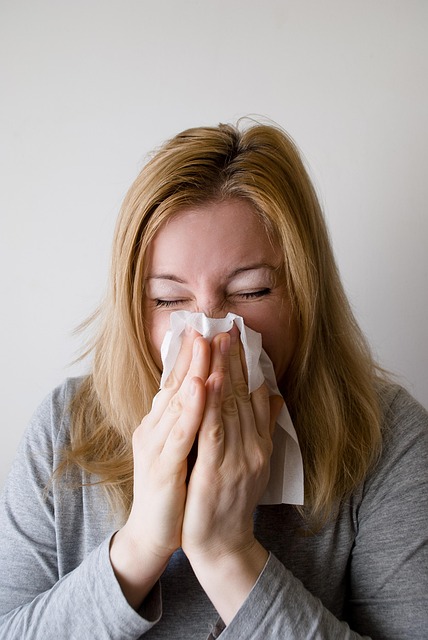
A home should be a place that restores you—not one that quietly wears you down. Yet, many people deal with lingering coughs, watery eyes, or constant fatigue without realizing their own living space may be part of the problem. Indoor air can hold more pollutants than outdoor air, especially in tightly sealed houses or older buildings common around the Bay Area.
If you’ve been wondering why you feel unwell when you’re at home, here are a few ways to uncover what might be going on behind the walls, beneath the floors, or in the air you breathe.
1. Symptoms That Disappear When You Leave
One of the clearest clues that something inside your home is affecting you is how your body reacts when you’re away. If you notice congestion, itchy eyes, or headaches that fade once you step outside, it could point to allergens or contaminants indoors.
Dust mites, pet dander, and mold are usual suspects. They thrive in fabric, carpeting, and damp corners. Frequent vacuuming with a true HEPA filter, washing bedding in hot water, and reducing clutter can make a noticeable difference.
2. That Subtle Musty Smell
A faint earthy or musty odor often means moisture is present where it shouldn’t be. Small plumbing leaks, unsealed window frames, or condensation behind drywall can lead to mold growth long before you see it.
Even minor humidity problems—especially near the coast—can allow mold spores to spread. A moisture meter or hygrometer is inexpensive and can help you track down damp areas before they become major repairs.
3. Stale or Heavy Air
Good ventilation is one of the most overlooked parts of a healthy home. When air feels heavy or stale, it’s often due to inadequate circulation. Everyday activities like cooking, cleaning, and using scented candles release particles and gases that linger.
Opening windows regularly, running exhaust fans, and keeping HVAC filters clean helps clear out indoor pollutants. A few minutes of fresh air every day can improve comfort and even reduce fatigue.
4. Frequent Fatigue or Recurring Illness
When several people in a household experience ongoing tiredness or sinus issues, indoor air quality should be a consideration. Carbon monoxide leaks, chemical off-gassing, or long-term mold exposure can produce vague but persistent health problems.
Having your air systems, vents, and crawl spaces professionally checked once a year helps ensure that hidden sources of contamination don’t go unnoticed.
Creating a Healthier Living Space
Your home doesn’t have to be new to be healthy. Paying attention to subtle signs—smells, recurring symptoms, or excess dust—can help you catch small issues before they affect your well-being. Clean air, proper moisture control, and good ventilation aren’t luxuries; they’re part of maintaining a home that truly supports your health.
A safe, comfortable living environment starts with awareness—and a willingness to look a little deeper than what’s on the surface.

Recent Comments